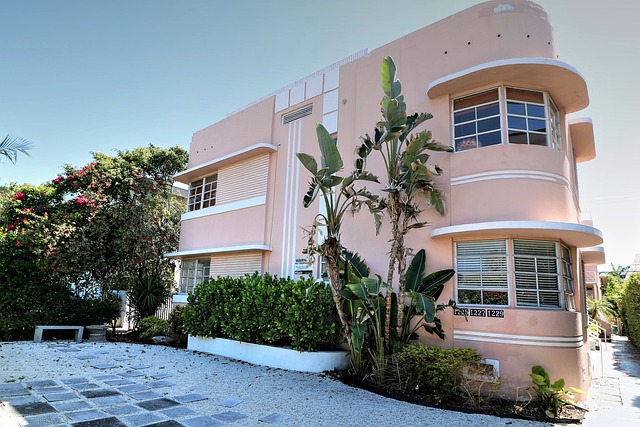Mining history deeply influences real estate appeal, offering unique properties with stories to tell. Local communities embrace and celebrate this heritage through landmarks, events, and cultural identity. Adaptive reuse transforms old mines into modern living spaces, blending past and present while preserving cultural roots. This approach meets demand in the real estate sector while promoting sustainability.
Proud mining heritage shapes identity, leaving an indelible mark on communities worldwide. In real estate, this history often manifests in the landscape and architecture, offering unique insights into a region’s past. From historical roots to cultural legacy, mines have fostered a sense of place. Today, adaptive reuse transforms old mines into modern homes, showcasing sustainable innovation while preserving precious heritage. Explore how these factors intertwine to define and revitalize communities shaped by mining.
Historical Roots: Uncovering Mining Past in Real Estate

The historical roots of a region often lie beneath the surface, quite literally, as evidenced by many towns and cities built upon a strong mining heritage. In the realm of real estate, this means that properties can tell stories of the past, with mineshafts and abandoned sites serving as remnants of a bustling industry. These historic locations not only shape the landscape but also become integral to the identity of a community, attracting curious folk who wish to delve into the region’s tapestry.
For prospective buyers or investors in these areas, understanding the mining history can be key to appreciating the unique character of the property and the surrounding neighborhood. Real estate agents and local historians often play a vital role in uncovering these stories, ensuring that potential residents are not just buying a house but becoming part of a community with deep-rooted traditions.
Cultural Legacy: How Mines Shape Local Identity

The mining industry, with its rich history and cultural legacy, often leaves an indelible mark on the identity of local communities. Mines become more than just sources of resources; they are part of the fabric that weaves together a region’s character and heritage. The architectural remnants left behind—from historic mining towns to majestic structures once used for processing—can be a significant draw in real estate, attracting both locals and visitors alike. These sites not only inspire a sense of pride but also tell stories of resilience, innovation, and the hard work of generations past.
Cultural events, museums, and community gatherings often celebrate this mining heritage, fostering a strong connection to the land and its history. The legacy extends beyond the physical structures, influencing art, literature, and even local cuisine, creating a unique cultural tapestry that sets these regions apart. This pride in their roots can be a powerful factor for locals and an intriguing aspect for outsiders looking to immerse themselves in the area’s distinct character.
Adaptive Reuse: Transforming Old Mines into New Homes

In many regions, the legacy of mining has left a profound mark on the landscape and the communities that rely on it. However, with changing economic times comes the opportunity to adapt and reuse these historical sites, particularly in the real estate sector. Old mines, once bustling with activity, can be transformed into modern, livable spaces, offering a unique blend of history and contemporary design.
Adaptive reuse projects involve repurposing existing structures, often with minimal alterations, to cater to new functions. In the context of mining heritage, this means converting abandoned mine sites into residential properties, commercial hubs, or mixed-use developments. This approach not only provides sustainable solutions for vacant spaces but also preserves the area’s cultural identity, ensuring that the region’s past is remembered and celebrated through its built environment.






